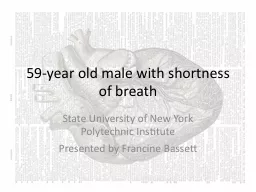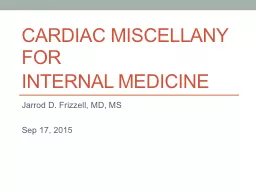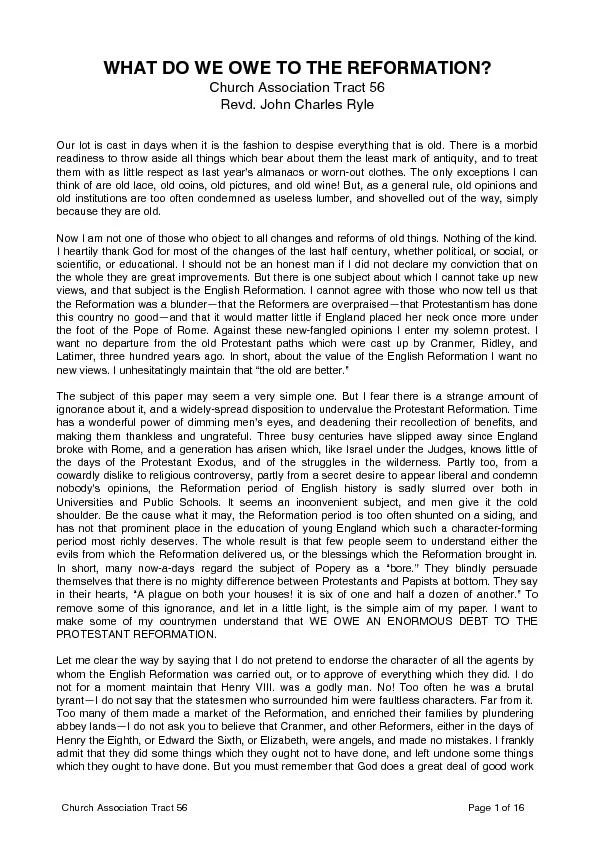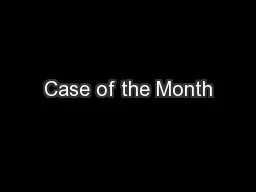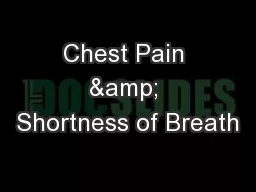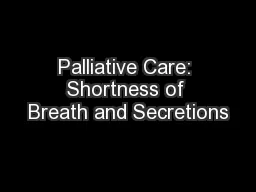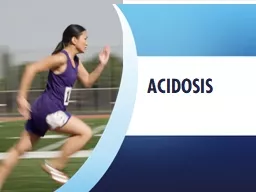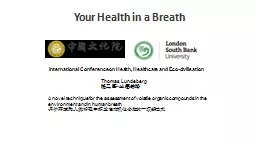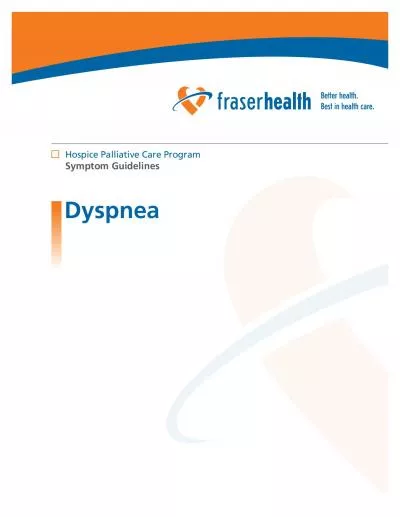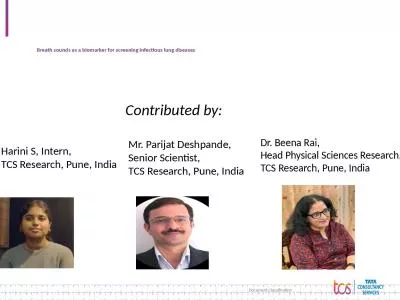PPT-59-year old male with shortness of breath
Author : karlyn-bohler | Published Date : 2016-03-18
State University of New York Polytechnic Institute Presented by Francine Bassett Patient amp Source of Encounter TI 59year old male Elizabethtown Community Hospital
Presentation Embed Code
Download Presentation
Download Presentation The PPT/PDF document "59-year old male with shortness of breat..." is the property of its rightful owner. Permission is granted to download and print the materials on this website for personal, non-commercial use only, and to display it on your personal computer provided you do not modify the materials and that you retain all copyright notices contained in the materials. By downloading content from our website, you accept the terms of this agreement.
59-year old male with shortness of breath: Transcript
Download Rules Of Document
"59-year old male with shortness of breath"The content belongs to its owner. You may download and print it for personal use, without modification, and keep all copyright notices. By downloading, you agree to these terms.
Related Documents

